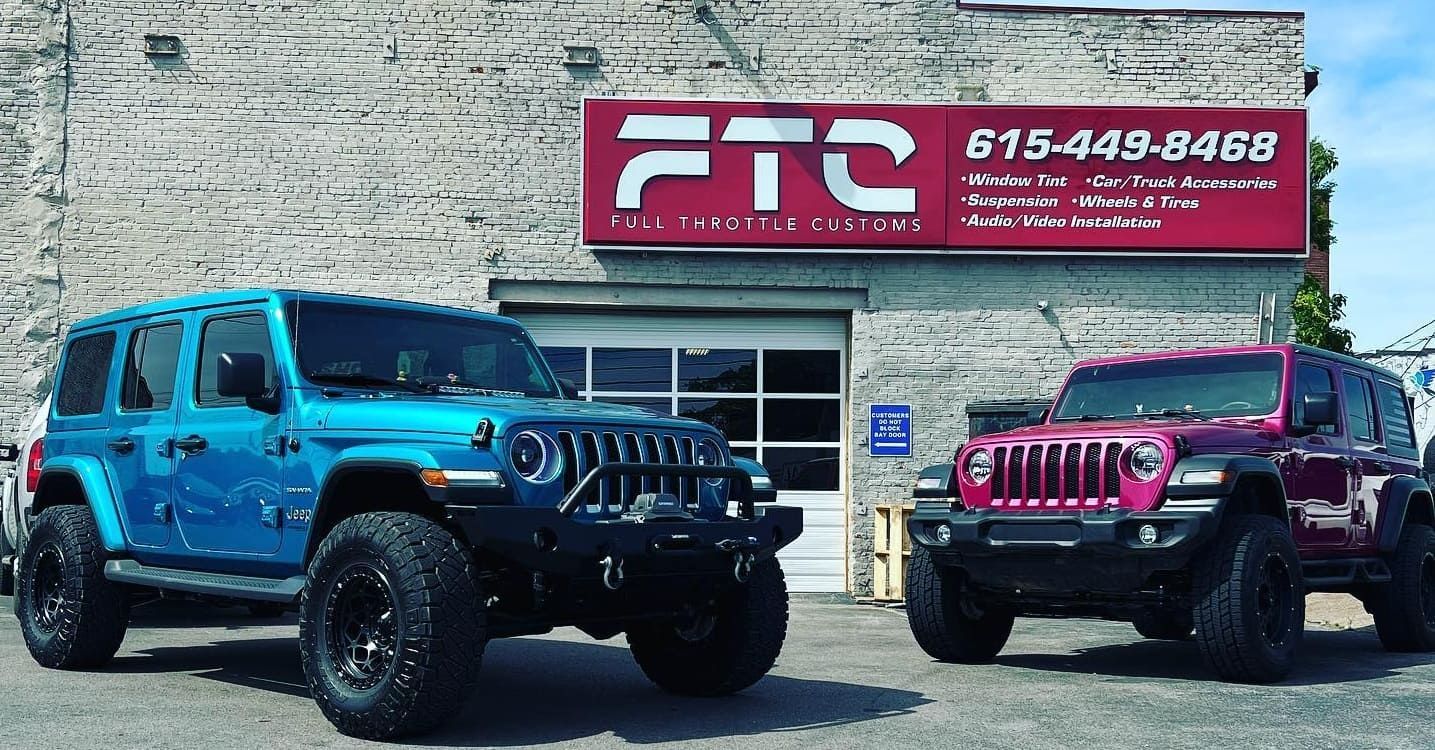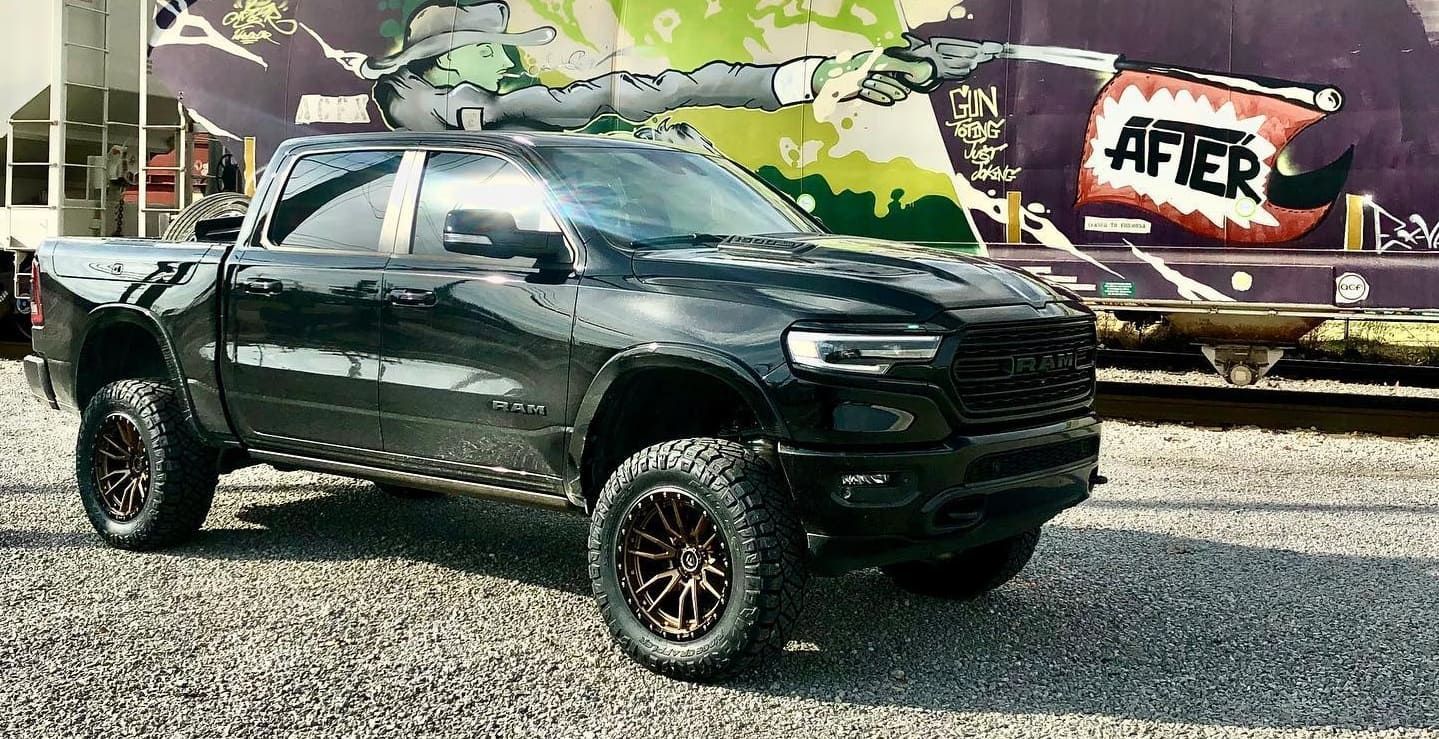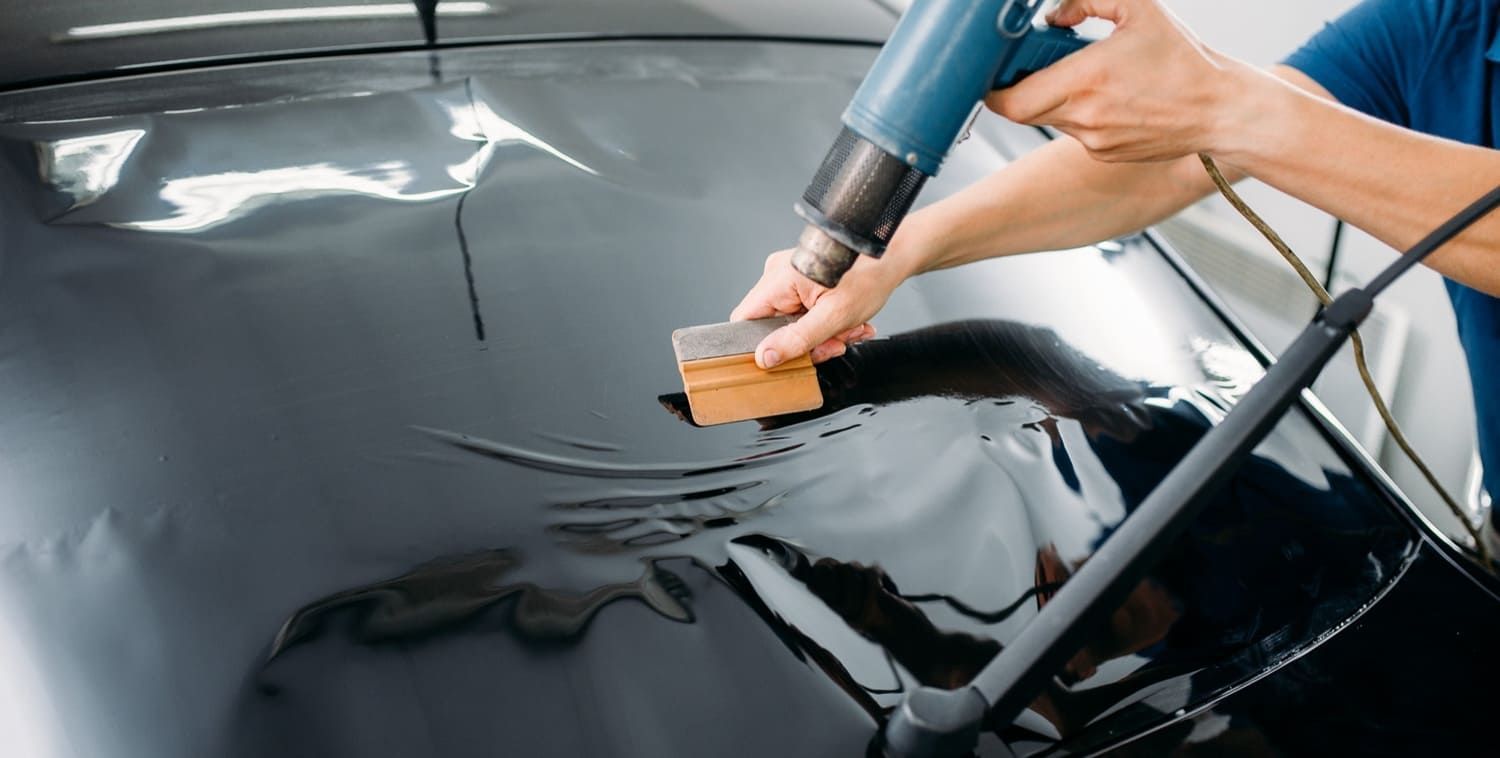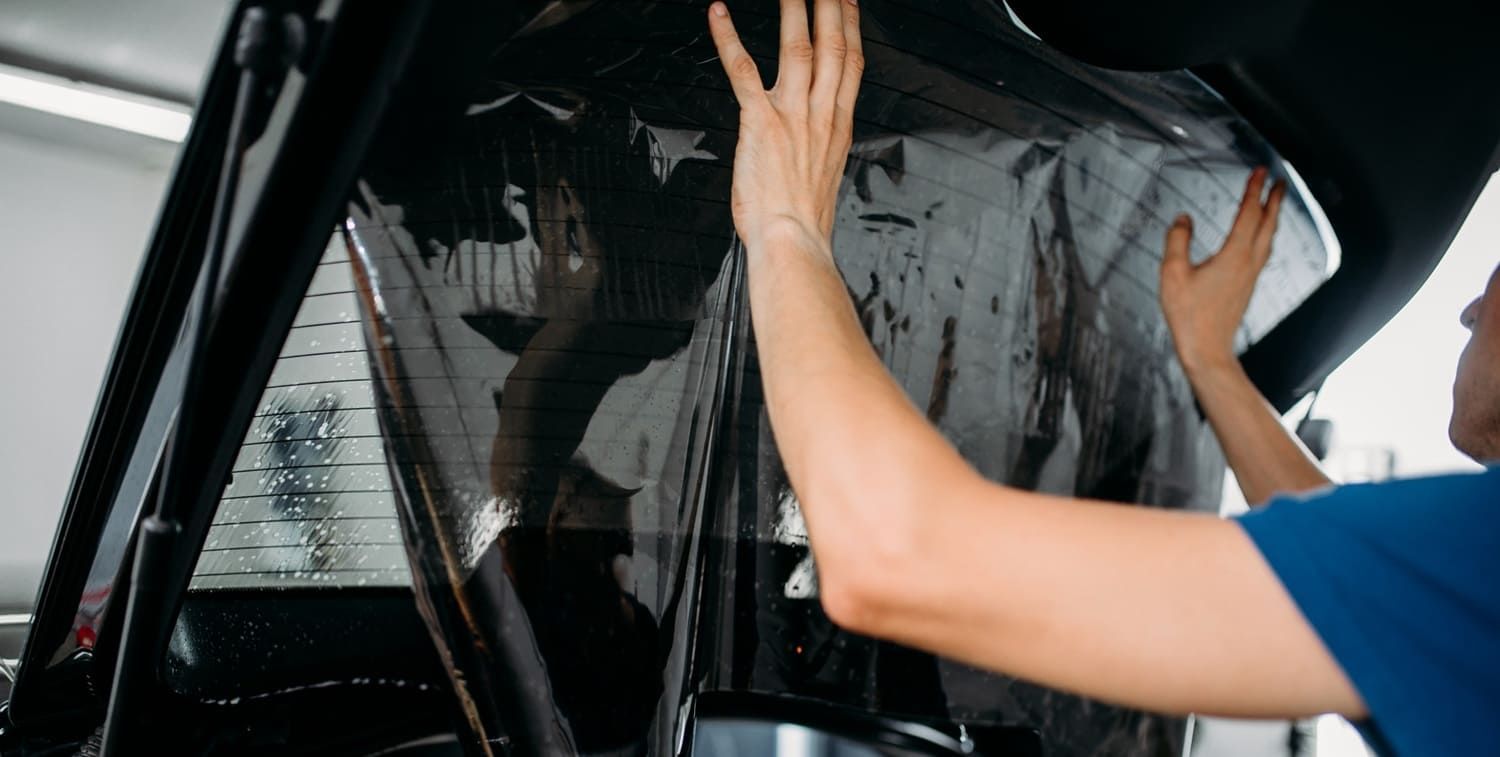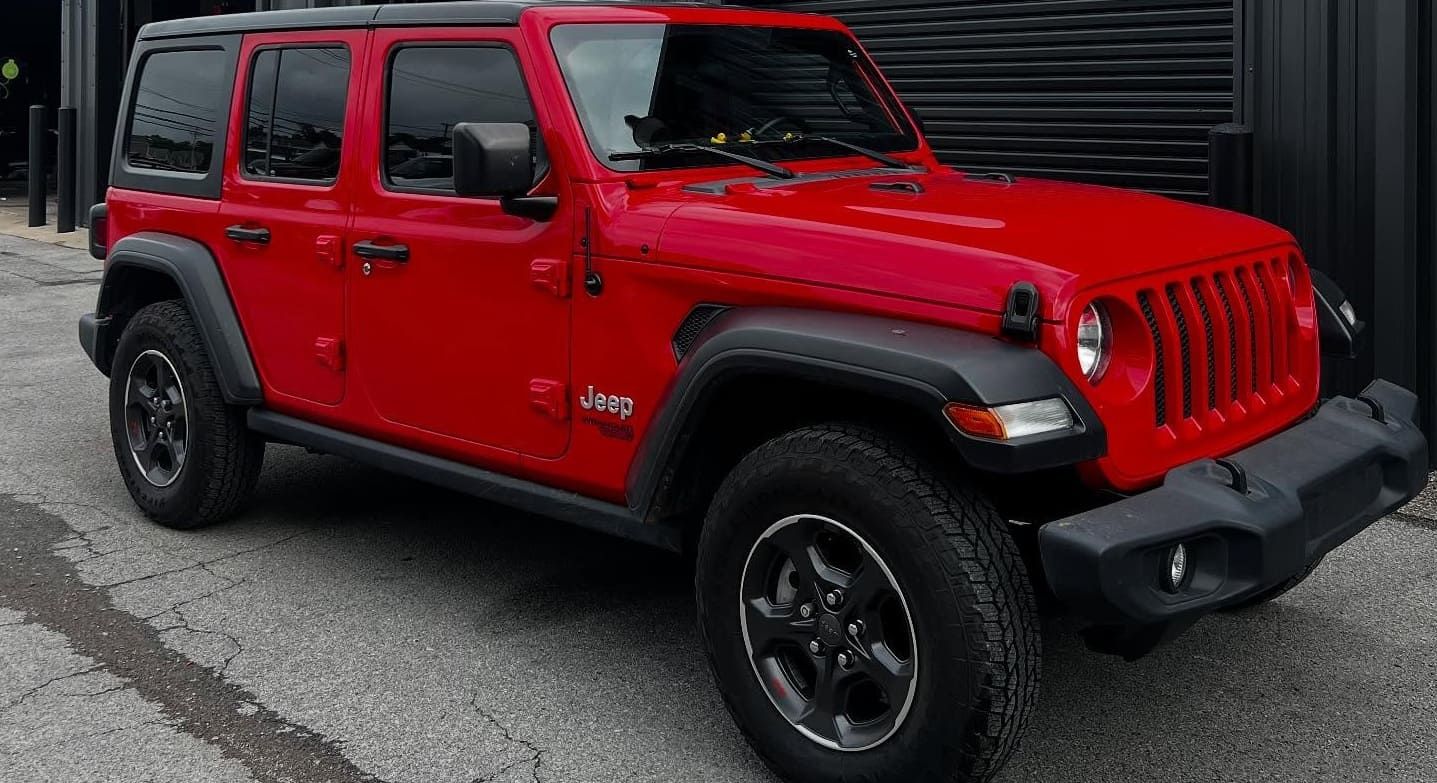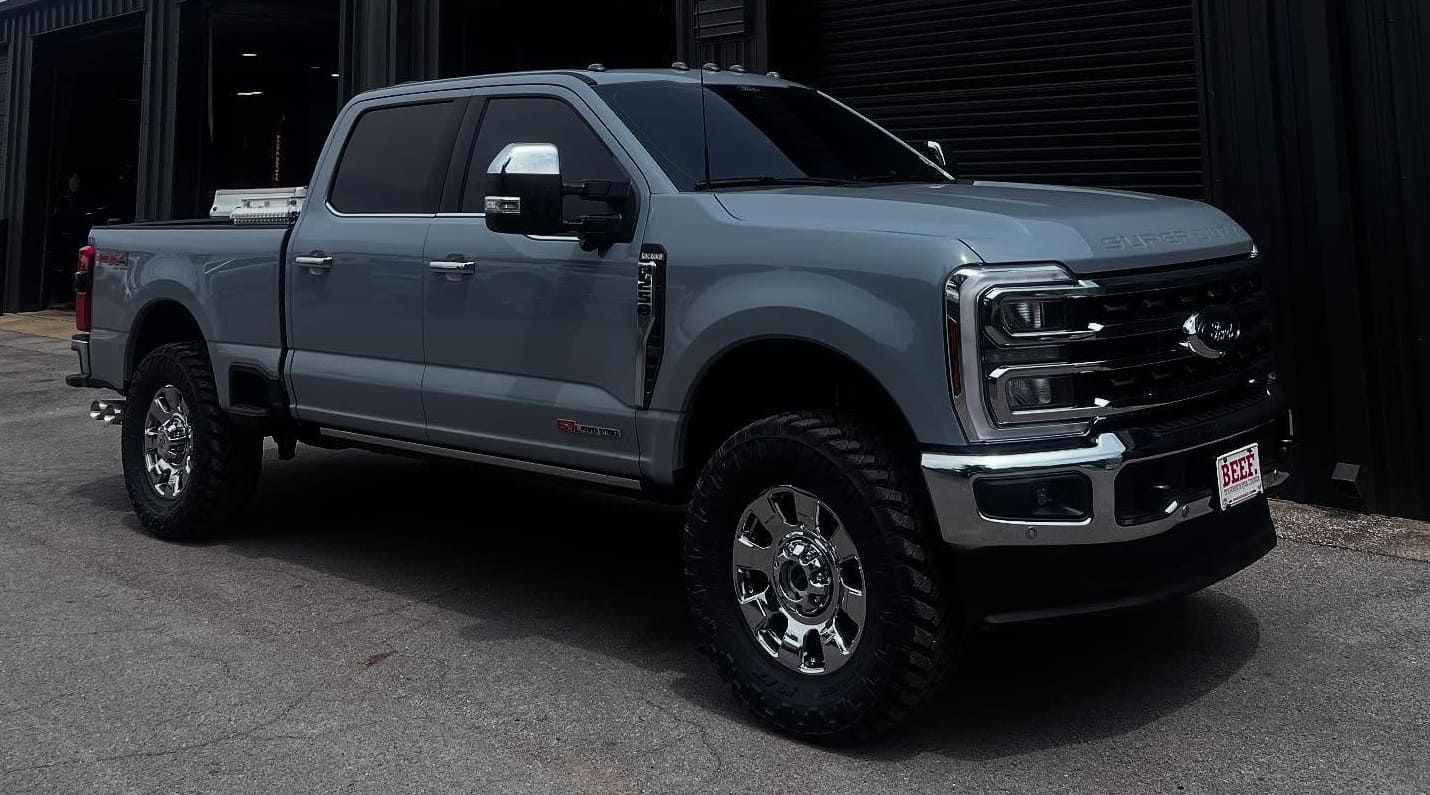Common Winter Tire Mistakes to Avoid
The onset of winter heralds a transformation in driving conditions, underscoring the importance of equipping vehicles with winter tires. However, even seasoned drivers may inadvertently commit errors that compromise safety and vehicle performance during winter. This article elucidates common winter tire mistakes and provides guidance on best practices for winter tires, ensuring a safer driving experience amidst the challenges posed by inclement weather.

Misjudging the Necessity of Winter Tires
Many drivers underestimate the necessity of winter tires, opting instead to navigate wintry roads with all-season or summer tires. This decision can be perilous. Winter tires are engineered specifically for sub-zero temperatures and icy conditions. They possess unique tread patterns and rubber compounds that enhance grip and braking efficiency on snow-covered roads.
Understanding the Limitations of All-Season Tires
All-season tires, while versatile, are not designed to perform optimally in severe winter conditions. Their rubber compounds harden in low temperatures, reducing traction. By contrast, winter tires remain pliable, maintaining their grip on icy surfaces. Recognizing this limitation is crucial for selecting the appropriate tires to ensure safety.
Incorrect Timing for Tire Swapping
A prevalent mistake among vehicle owners is the improper timing of switching to winter tires. Delaying this transition until the first snowfall can result in hazardous driving situations. It is advisable to install winter tires once temperatures consistently drop below 7°C (45°F), regardless of whether snow has fallen. This proactive measure ensures preparedness for sudden weather changes.
Premature Removal of Winter Tires
Conversely, removing winter tires prematurely in spring can also be detrimental. Winter tires wear faster on dry, warm roads due to their softer rubber compounds. To maximize their lifespan, wait until temperatures stabilize above 7°C (45°F) before swapping back to all-season or summer tires.
Inadequate Tire Maintenance
Proper maintenance of winter tires is paramount for ensuring their longevity and performance. Neglecting regular tire checks can lead to uneven wear and reduced effectiveness.
Tire Pressure Oversight
Winter temperatures cause tire pressure to fluctuate, typically decreasing as the mercury drops. Under-inflated tires can increase rolling resistance, leading to higher fuel consumption and diminished handling. Regularly check and adjust tire pressure to the manufacturer's specifications, especially during cold spells.
Neglecting Tread Depth
The tread depth of winter tires is a critical factor influencing traction on snowy and icy surfaces. Tires with insufficient tread depth are less effective at channeling snow and slush, increasing the risk of hydroplaning. Routinely inspect tread depth and replace tires when the tread is worn to the minimum legal limit (usually 4mm for winter conditions).
Incorrect Tire Selection and Compatibility
Selecting the wrong winter tires for your vehicle can compromise safety and performance. Consider several factors to ensure compatibility and effectiveness.
Overlooking Tire Specifications
Each vehicle has specific tire requirements outlined in the owner's manual. These specifications include tire size, load index, and speed rating. Disregarding these parameters can lead to improper fitment and impaired vehicle handling. Always adhere to the manufacturer's recommendations when selecting winter tires.
Failing to Match Tires
Uniformity is crucial when installing winter tires. Mixing different brands or tread patterns can result in unpredictable handling characteristics. For optimal performance and safety, ensure all four tires are identical in brand, model, and tread pattern.
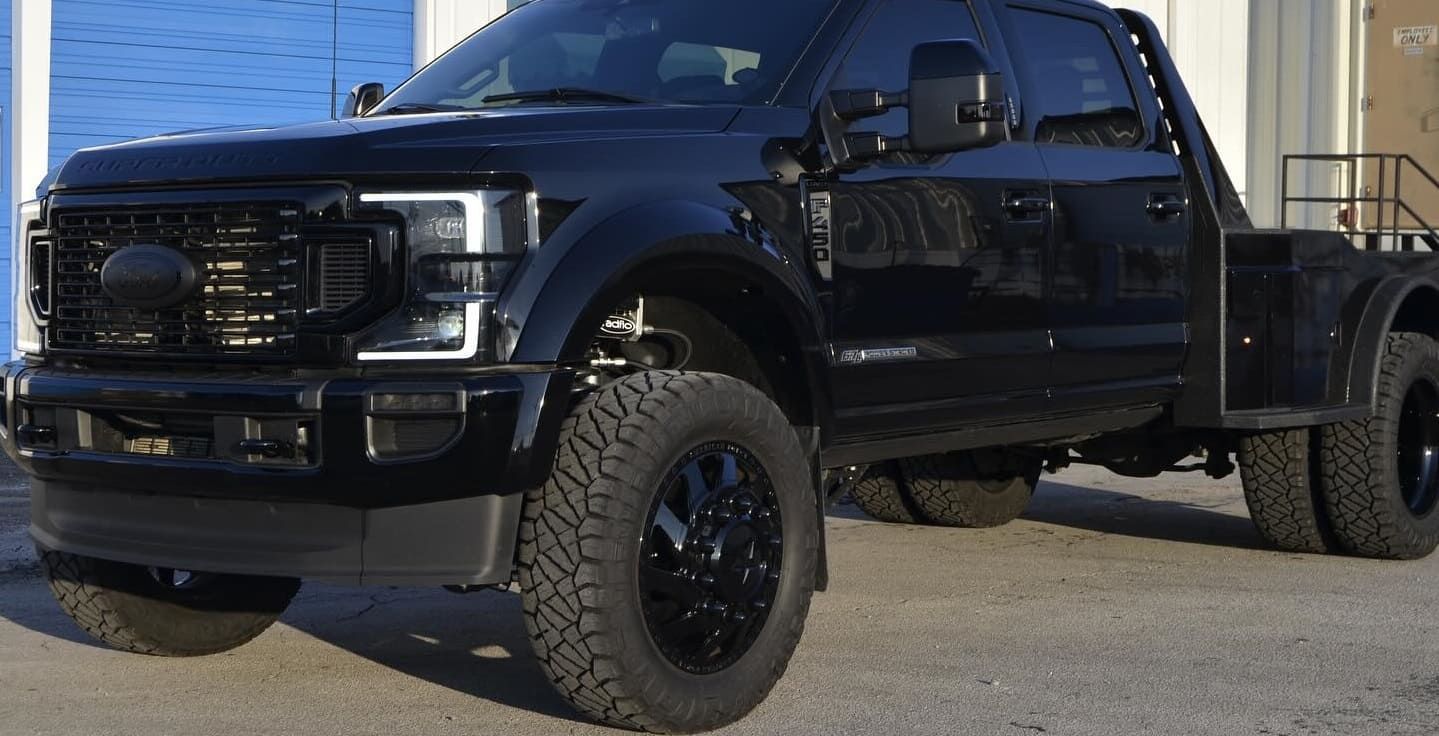
Skimping on Quality and Features
In an attempt to economize, some drivers opt for budget winter tires, overlooking the benefits of premium options. While cost-effective, these tires may lack advanced features that enhance performance in extreme conditions.
Understanding the Value of Premium Tires
Premium winter tires often incorporate cutting-edge technology, such as advanced tread designs and rubber compounds. These innovations provide superior traction, improved braking, and enhanced durability. Investing in high-quality tires can result in long-term savings by reducing the likelihood of accidents and extending tire life.
Ignoring the Importance of Professional Installation
Proper installation of winter tires is a nuanced process that requires expertise. Attempting a DIY approach can lead to incorrect mounting and balancing, which affects vehicle stability and tire longevity.
The Benefits of Professional Services
Professional tire technicians have the tools and knowledge to ensure correct installation, alignment, and balancing. Their expertise minimizes the risk of vibration, uneven wear, and other issues that can arise from improper installation. Entrusting this task to professionals can enhance safety and optimize tire performance.
Conclusion: Prioritizing Safety and Efficiency
Avoiding common winter tire mistakes requires awareness, preparation, and diligence. Timely tire changes, maintaining proper tire pressure and tread depth, and selecting high-quality tires are essential for safe winter driving. Ensure professional installation for optimal performance in winter conditions. For top-quality tires and expert advice, contact Full Throttle Custom Automotive in Lebanon, TN, and get your free estimate today!

